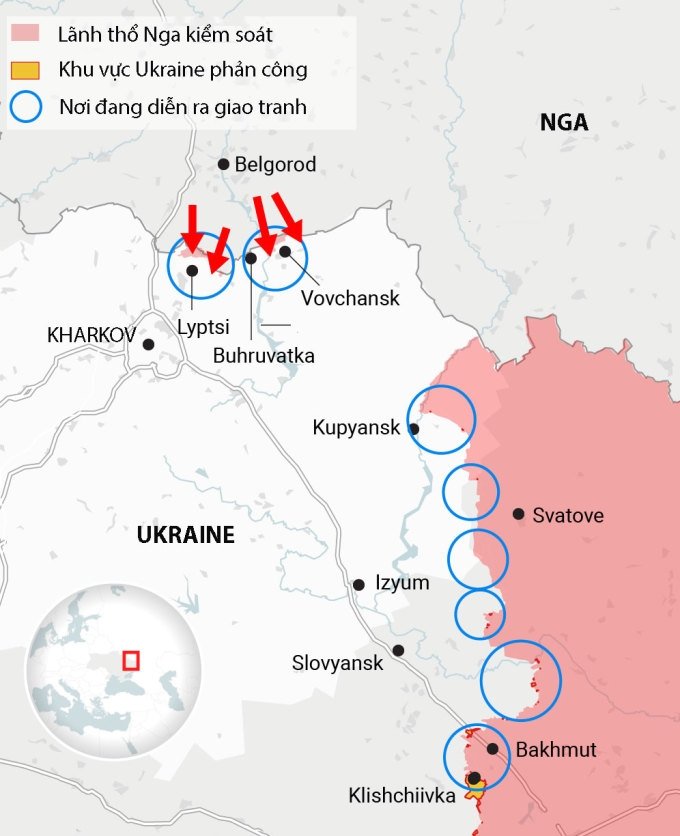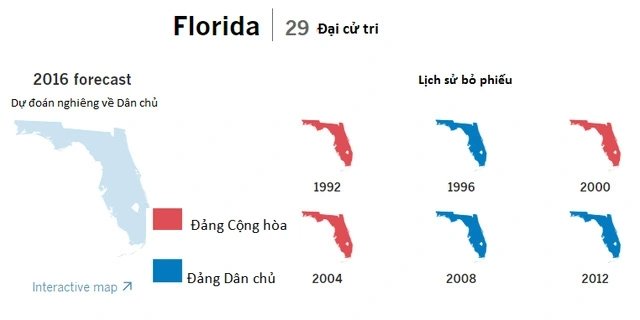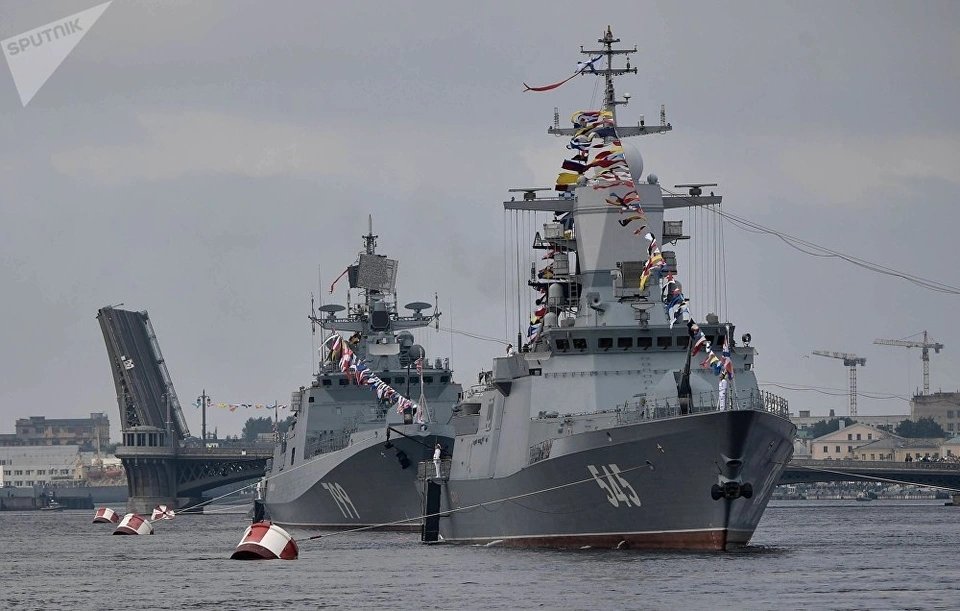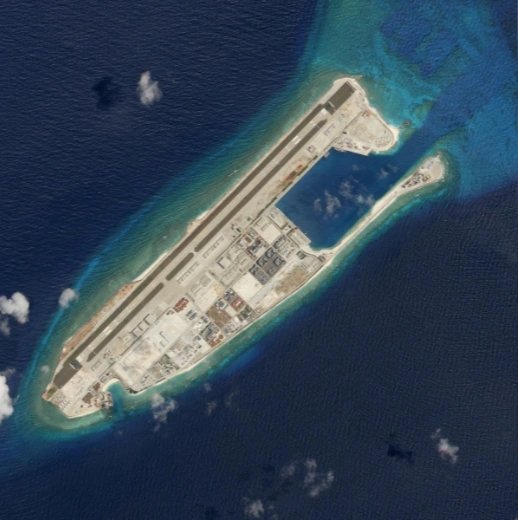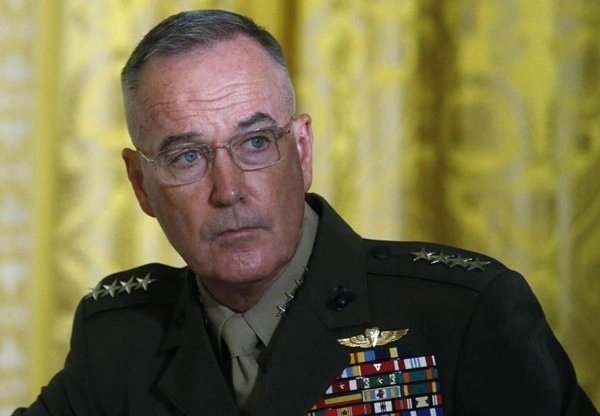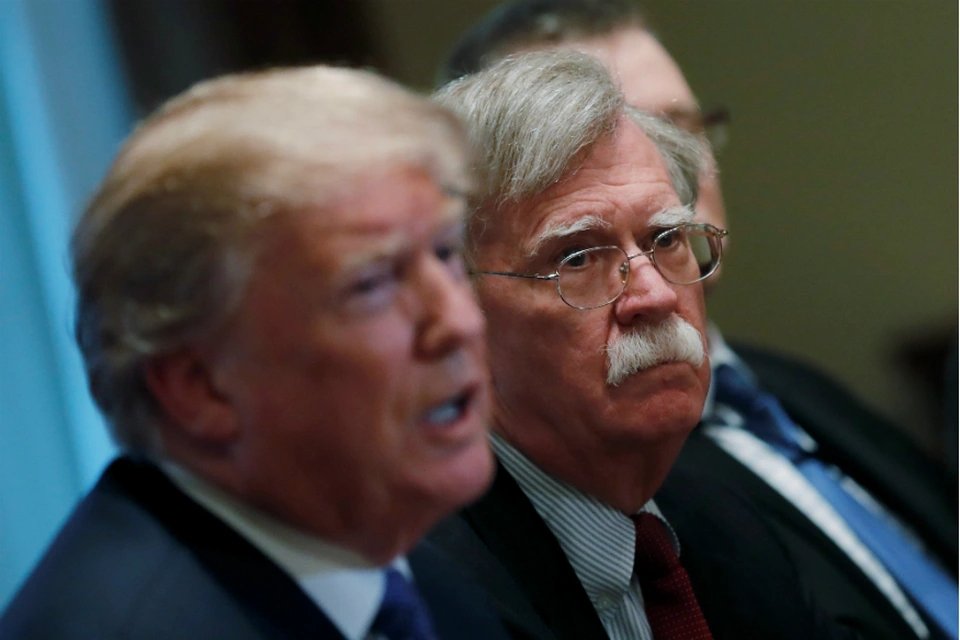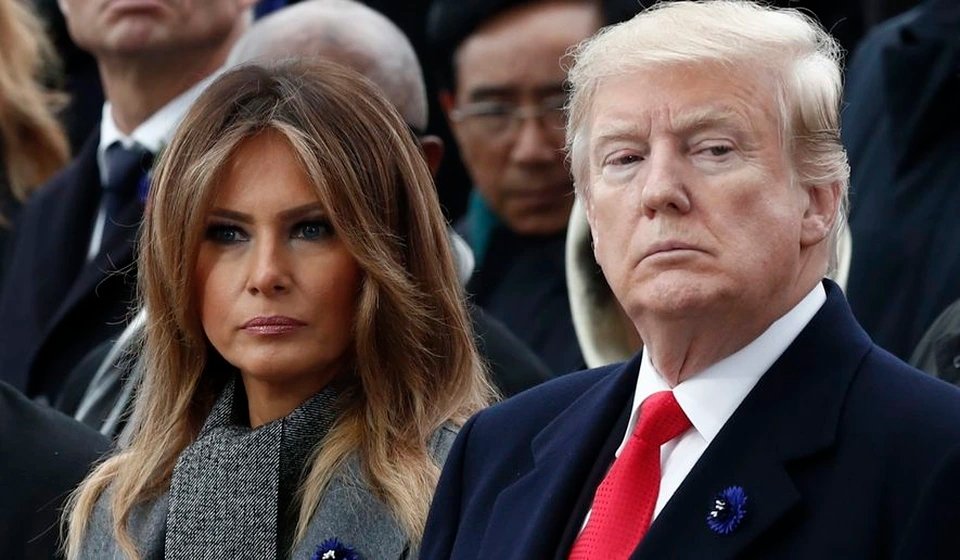
Japanese Rear Admiral Hiroshi Yamamura (left), US Rear Admiral William Byrne (right) and Indian Navy Vice Admiral HCS Bisht pose for a photo during the opening ceremony of a joint naval exercise in Chennai, India.
Since the administration of US President Donald Trump announced its move towards an `open and free` Indo-Pacific region, observers have high hopes for the revival of the Quadrilateral Security Dialogue, or `Ministry of Justice`.
The Quad is an informal consultation mechanism consisting of the US, Australia, Japan and India established in 2007, in response to China’s attempt to militarize and control strategic sea routes in the region.
However, the process of forming the Quartet was not favorable.
After a series of concerns over China’s behavior, Australia finally decided to join the Quad along with the US, Japan and India.
But the Quad’s fate remains fragile, especially given India’s role.
China-India relations reached their lowest point in 2017, mainly due to months-long military tensions at the Doklam plateau.
The meeting in Wuhan is said to be a skillful diplomatic move by Mr. Xi.
Because the decision was made immediately after the Wuhan conference, this action by New Delhi is seen as a concession to Beijing, because allowing Australia to attend Malabar for the first time will send a clear message that the Quad has
The second sign of India’s wobbles in the Quad appeared in June at the Shangri-La Dialogue.
Modi also avoided criticism, not even mentioning China’s growing militarization and aggressive actions in the East Sea.
`In April, our two-day informal summit with President Xi helped us reinforce our understanding that a strong and stable relationship between our two countries is an important element for global peace and progress.

Chinese President Xi Jinping (right) shakes hands with Indian Prime Minister Narendra Modi on April 27 in Wuhan city, China.
The speech clearly shows the link between the Wuhan conference and India’s indifference to the Quad.
The most important development here is that New Delhi signed the Qingdao Declaration, which stated that `economic globalization is facing the expansion of unilateral protectionist policies`, implying trade conflicts.
Recent articles suggest that New Delhi wants to use bilateral trade as a crutch to counter Washington when needed.
In early July, the Indian embassy in China announced that the country supports a free and open Indo-Pacific region, but does not believe in `grouping` to fight Beijing in the region.
There are many signs that India’s Indo-Pacific policy considers ASEAN as the center of the region, which means rejecting the role of the Quad and any single country.
The above signs demonstrate India’s unstable role in the Quad, although New Delhi and Beijing still have serious doubts about each other, especially about the Belt and Road initiative.

Prime Minister Modi (second right) shakes hands with his counterpart in Nepal Khadga Prasad Sharma Oli (second left) on April 7 during his reception at the Indian presidential palace Rashtrapati Bhavan in New Delhi.
Therefore, commentator Dereck Grossman predicts that India will sooner or later leave the Quad to avoid conflict with China.
Furthermore, Prime Minister Modi is at risk of facing a difficult re-election campaign, so keeping the situation in Doklam stable until the end of 2019 is a must if he wants to win the election.
But even if it leaves the Quad, India will likely not change the bilateral and multilateral cooperation that is very good with members of the group.
Overall, India is known for its non-aligned foreign policy, which is incompatible with the Quad, so the country may be the weakest link in the alliance aimed at balancing China and preventing militarization

